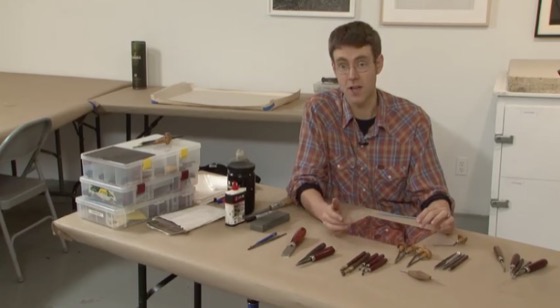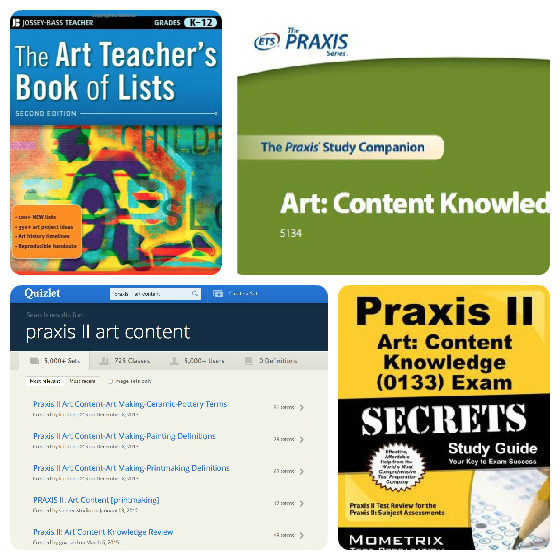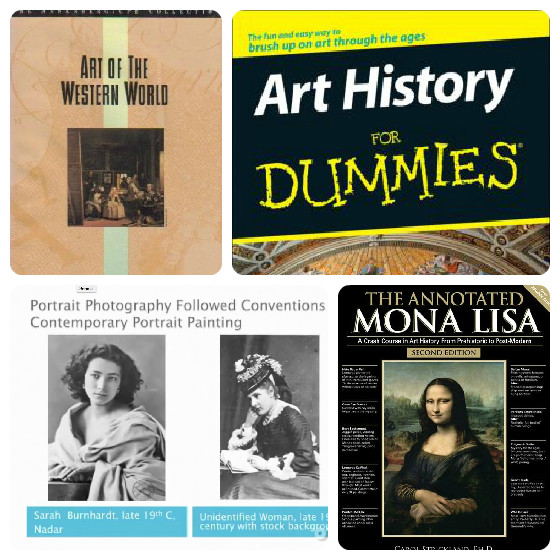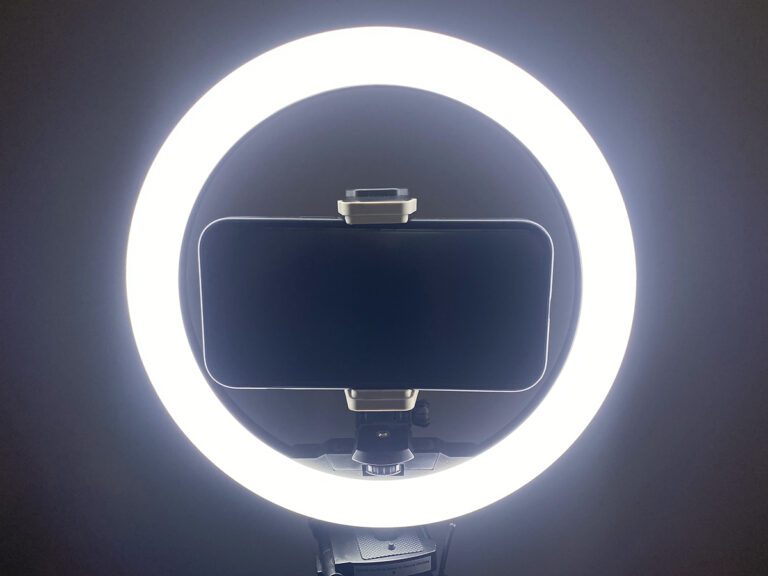Art teachers and test-taking go together like oil and water. However, sometimes tests are unavoidable. For many, one such test is the Praxis II, which teachers have to take to gain licensure in certain states. If the Praxis II is in your future, have no fear! We have compiled the following guide with the help of our knowledgeable Facebook Fans.
The guide is broken into two parts. Under “General Resources,” you will find things to help you study for the test overall. Under “Specific Tips,” you will find four categories on which to focus, plus tips and resources for each. Even if you will never need to take the test, most of the resources below would be a fantastic way to deepen your art teaching knowledge!
What should I expect from the Praxis II test?
The two different art exams are, well, different! The exam for Art: Content and Analysis (5135) is broken down into three parts. About half of the exam will focus on questions about artmaking (I). A quarter of the exam will focus on the historical and theoretical foundations of art (II). The last quarter focuses on art analysis (III). Parts I and II are selected-response, such as multiple choice or true/false questions. Part III is constructed response, meaning you will write responses to each prompt.
The exam for Art: Content Knowledge (5134) is broken into two parts. About two-thirds of the exam focuses on artmaking. The remainder focuses on the historical and theoretical foundations of art. Both sections are selected-response questions. Both exams are given on the computer. If you are new to computer-delivered tests, check out the study companion for each test, available on the Praxis website. Or you might prefer a video walkthrough so you can better visualize what the exam will look like. Praxis has put one together that you can check out here.
If you are not sure which one you need to take, check your state requirements here.
Let’s look at four general resources.

{image source} {image source} {image source} {image source}
1. Praxis Website
The Praxis Website has a free study companion. It will tell you what the test focuses on and how many of each type of question you can expect. It also goes over all the topics the test covers. It looks overwhelming, but remember, you already know a lot of the information! The study companion also includes practice questions and tips for taking computerized tests. It’s worth a look. You can also pay to take a practice test through the website.
2. The Art Teacher’s Book of Lists
This suggestion came up again and again in our original Facebook Post. It’s an easy-to-digest resource that covers numerous art-related topics. Plus, it will serve as a fantastic guide for you even after you finish the test.
3. Quizlet
Quizlet is a website that allows users to make and save test prep materials such as flashcards. If you head to quizlet.com and search “Praxis II Art Content,” you will find thousands of helpful study resources you can use. You can also make your own! As a bonus, if you want to brush up on one thing in particular, you can narrow your search to something like “Praxis II Art Content Printmaking.”
4. Mometrix Test Preparation
Mometrix has developed a study guide for the Praxis II Art Exam. However, it’s a bit pricey. We haven’t used this ourselves and, therefore, can’t vouch for it, but we wanted to make sure you knew it was available. If you have used it, please let us know what you think in the comments below!
Here are four specific tips to help you prepare.
1. Brush up on your art history.
{image source}{image source}{image source}{image source}
Art history is a major part of the Praxis II exam. If it has been a while since your last course, check out the recommended resources. You will want to focus on recognizing artists’ styles (i.e., not their most famous works), art movements, and multicultural art. Although, the first two resources are books. If you don’t have time to devote to reading, brush up by watching art history videos.
- The Annotated Mona Lisa
- Art History for Dummies
- Art of the Western World video set
You can buy the set used or check it out from the library. - Art History YouTube Videos
Otis College of Art and Design has a nice set of short videos that move chronologically through time as well as some longer videos about Modern art. However, you can find many different topics of interest with a quick search. Smarthistory and Tate Modern provide useful and engaging resources as well. - Art History Apps
Try Art Study to start but know there are many more choices. - Art History Quizlet Flashcards
2. Know your vocabulary.

{image source}
Chiaroscuro. Impasto. Assemblage. Do you know what these words mean? Gouache. Analogous. Sfumato. How about those? The test covers a wide variety of art-related vocabulary.
Here are some resources to help:
3. Learn about different processes and techniques.

The Praxis II wants you to know about many different art processes and techniques. The information might show up as a vocabulary word or could show up in a multiple-choice question. Before you run for the hills, realize you won’t have to study everything. You most likely already have a specialty in something, whether it be painting, printmaking, or ceramics. Concentrate on studying processes that are less familiar to you. Maybe you don’t know much about metals or have no idea what the aperture setting on a camera does. Focus on those things you don’t know much about, and you will do just fine!
If you are interested in diving into a specific medium, you may want to check out PRO Learning. We have a ton of Learning Packs that cover everything from jewelry making and ceramics to photography and more!
The Art Teacher’s Book of Lists is a great resource here too. MoMA Learning also works well because of the search feature. In addition, check out the Kahn Academy for videos on various processes, like intaglio.
4. Familiarize yourself with common art room safety procedures.
{image source}
The test generally has questions regarding art room safety procedures. Most of this is common sense. Do you think it’s a good idea to inhale clay dust? Didn’t think so. Regardless, if you want to brush up, there’s a super detailed safety book from the School of Art and Art History at the University of Florida available here. There is also a common-sense Art Hazards Guide available from the Office of Environmental Health and Hazard Assessment here.
On test day, remember to stay calm and relaxed. If you read the Praxis website, it says there may be questions on your test that are not graded, so don’t worry if something seems outrageously difficult. Make an educated guess on those questions you don’t know. With a bit of time and effort, you will come out on top!
Once again, thank you to all of those Facebook fans that posted tips and suggestions, especially those who shared their Quizlet flashcards. Incredible!
Have you taken the Praxis II test? What did you think?
What tips or advice would you add to our list?
Magazine articles and podcasts are opinions of professional education contributors and do not necessarily represent the position of the Art of Education University (AOEU) or its academic offerings. Contributors use terms in the way they are most often talked about in the scope of their educational experiences.








